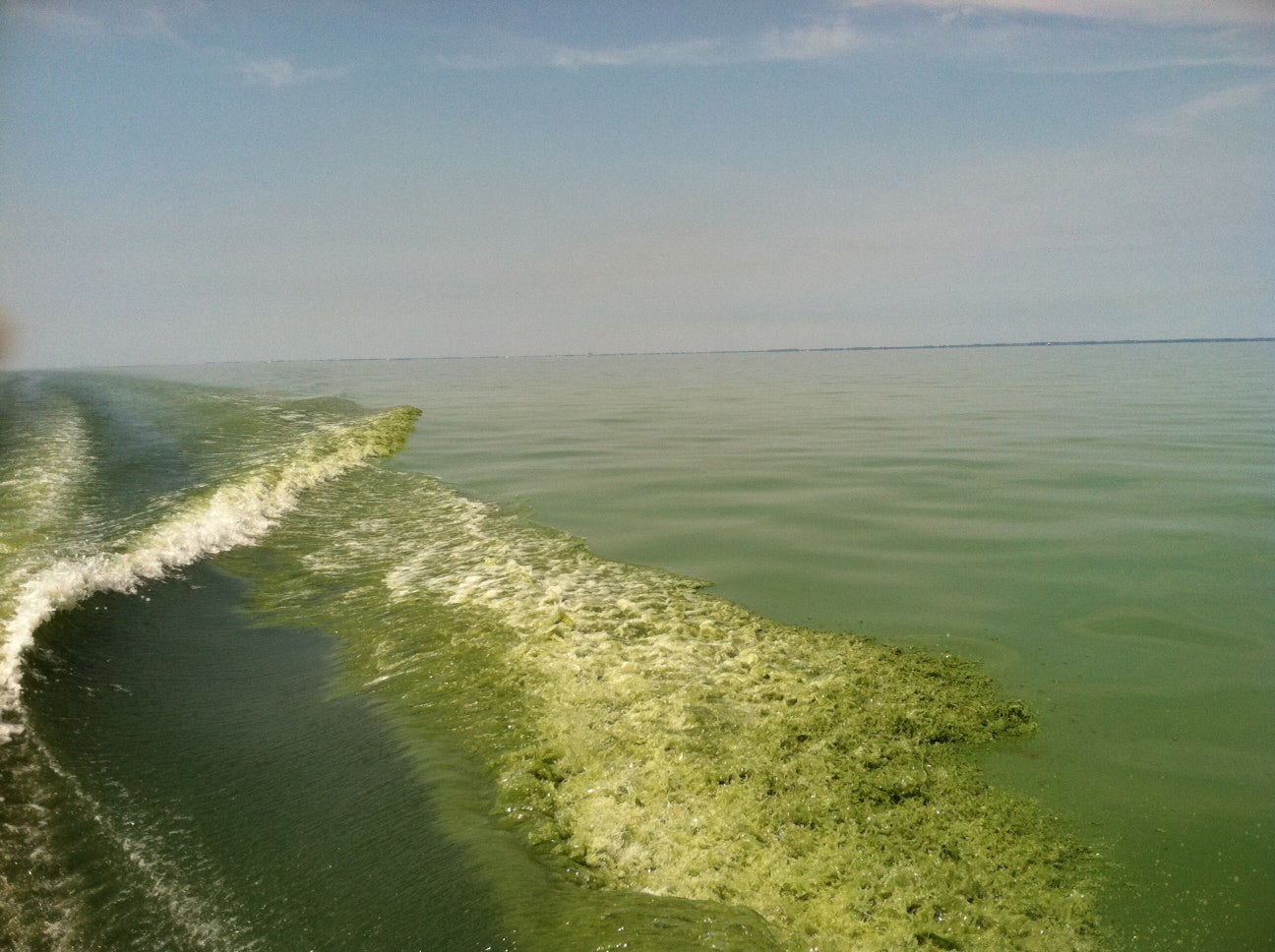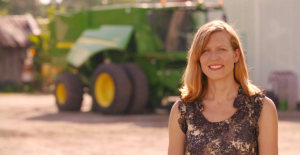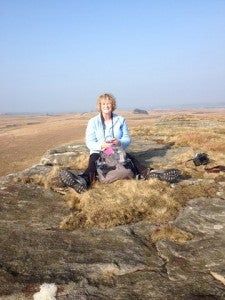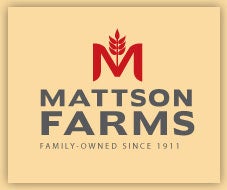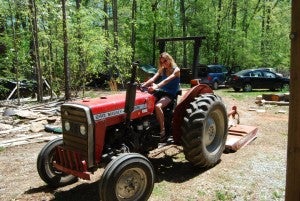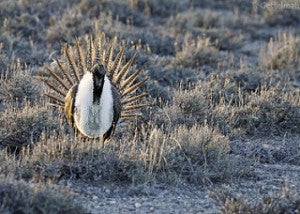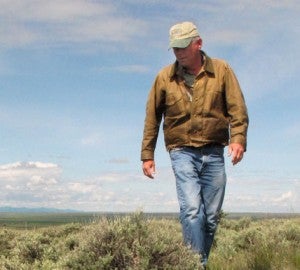
Nearly two dozen Nevada landowners have already submitted letters of interest to generate conservation credits for sage-grouse through the exchange. Read more >>
For the first time ever, ranchers are able to enroll in a habitat credit exchange program to earn revenue for activities that protect and enhance habitat for the greater sage-grouse.
The state of Nevada and federal agencies today announced the approved use of the Nevada Conservation Credit System to protect the grouse’s sagebrush habitat on public lands.
This program will create a robust mitigation market that will bring greater certainty and transparency to the state’s agriculture and energy industries, ultimately allowing both sage-grouse and the economy to flourish.
About the Nevada Conservation Credit System
The Nevada Conservation Credit System is an advanced approach to protecting habitat for the greater sage-grouse that ensures impacts are fully offset in a way that helps create net benefit. It does so by creating new incentives for industries to avoid and minimize impacts, and for private landowners and public land managers to preserve, enhance, and restore habitat. Read More
